Class 7 History Chapter 7 Notes - The Making of Regional Cultures
Introduction
- Language and Identity: People are often identified by the language they speak. For example, referring to someone as Tamil or Oriya typically means they talk to Tamil or Oriya and live in Tamil Nadu or Orissa, respectively.
- Regional Characteristics: Each region is associated with specific cultural elements, such as food, clothing, poetry, dance, music, and art.
- Evolving Identities: These regional identities are sometimes assumed to be ancient, but the boundaries between regions have changed over time and continue to do so.
- Cultural Intermixing: The regional cultures we recognize today often result from a blend of local traditions and influences from other parts of the subcontinent.
- Regional Diversity: While some cultural aspects are shared across regions, others are unique to specific areas, and some traditional practices evolve and take on new forms in different regions.
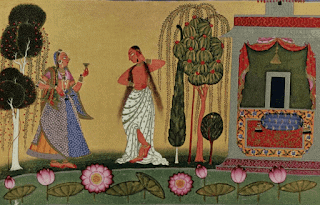 Regional Diversity
Regional Diversity
The Cheras and the Development of Malayalam
"An example of the relationship between language and region".
The Chera kingdom of Mahodayapuram was founded in the ninth century in the southwestern part of the Indian peninsula, corresponding to modern-day Kerala.
It is believed that Malayalam was spoken in this area. The rulers adopted Malayalam for their inscriptions, making it one of the earliest instances of its use on the subcontinent.

- At the same time, the Cheras also followed Sanskrit traditions.
- Kerala's temple theatre from this period used stories from Sanskrit epics.
- Sanskrit heavily influenced the first Malayalam literary works from around the twelfth century.
Interestingly, a text from the fourteenth century called the Lilatilakam, which talks about grammar and poetry, was written in a mix of Sanskrit and Malayalam, called Manipravalam, meaning "diamonds and corals."
Rulers and Religious Traditions: The Jagannath Cult
In other regions, local cultures developed around religious traditions. A prime example is the cult of Jagannatha (meaning "lord of the world," a name for Vishnu) in Puri, Orissa. Even today, local tribal people create the wooden image of the deity, indicating that the deity's origins are linked to Vishnu.
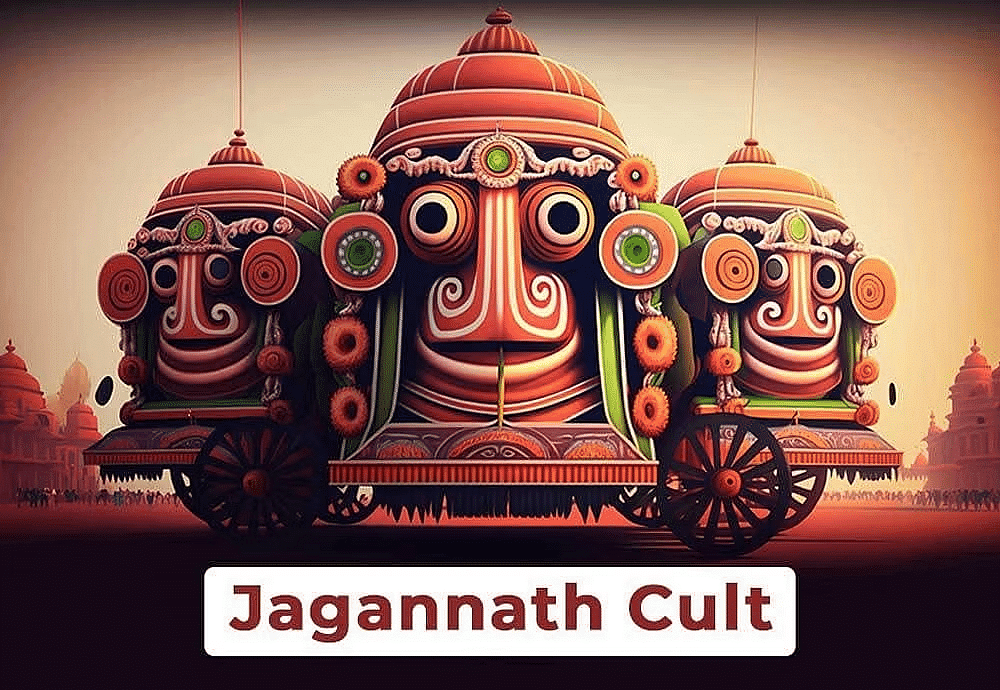
- In the twelfth century, a significant ruler of the Ganga dynasty, Anantavarman, decided to build a temple for Purushottama Jagannathain Puri.
- Later, in 1230, King Anangabhima III dedicated his kingdom to the deity and called himself the god’s "deputy."
- As the temple became more important as a pilgrimage site, its influence in social and political matters grew. Various rulers who conquered Orissa, such as the Mughals, the Marathas, and the English East India Company, tried to control the temple.
- They believed this would help them gain acceptance from the local people.
The Rajputs and Traditions of Heroism
In the nineteenth century, the British referred to the area that is now mostly Rajasthan as Rajputana. 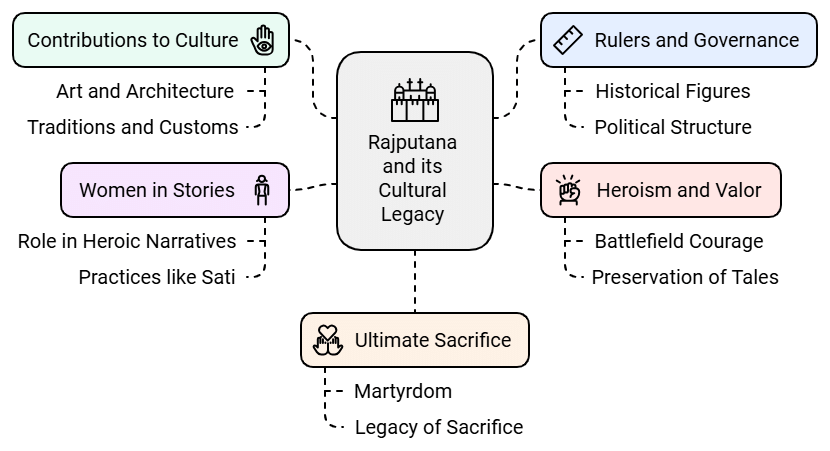
(i) Contribution of Rajputs to Culture: Despite the diverse population, Rajputs played a significant role in shaping Rajasthan's distinct culture.
(ii) Rajput Rulers and Culture:
- Rajput families mostly ruled Rajasthan from the eighth century onwards, with figures like Prithviraj being notable examples.
- Rajasthan's cultural traditions were closely tied to the ideals and ambitions of its rulers, many of whom were Rajputs.
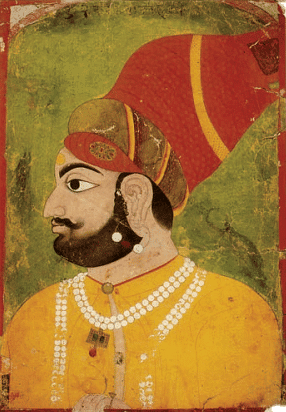 Prince Raj Singh of Bikaner
Prince Raj Singh of Bikaner
- Rajput rulers admired heroic qualities, valuing courage and sacrifice on the battlefield over defeat.
- Stories of Rajput heroes were preserved in poems and songs by trained minstrels, stirring strong emotions like loyalty, love, and valor among ordinary people.
(iv) Women in Rajput Stories: Women were often depicted in these stories as following their heroic husbands, even unto death, sometimes through practices like sati, where widows would immolate themselves on their husband's funeral pyres.
(v) Ultimate Sacrifice: Those who embraced the heroic ideals often paid the ultimate price, sacrificing their lives for their beliefs.
Beyond Regional Frontiers: The Story of Kathak
Kathak is a type of dance that's now popular in different parts of North India. The name Kathak comes from the word "katha," which means story.
 Dance class, Lakshmana temple, Khajuraho
Dance class, Lakshmana temple, Khajuraho (i) Evolution of Kathak:
- Kathak began to develop as its own dance form during the 15th and 16th centuries, influenced by the bhakti movement which focuses on devotion to a god.
- Plays called rasa lila about Radha and Krishna were performed, blending folk dance with Kathak storytelling.
- The originally a caste of story-tellers in temples of north India, who embellished their performances with gestures and songs.
(ii) Development During Mughal Times: Wajid Ali Shah
Wajid Ali Shah
- During the Mughal era, Kathak was performed in the royal court, gaining new features and a distinctive style.
- Wajid Ali Shah, a ruler in Lucknow, supported Kathak, making it more popular and significant.
(iii) Kathak split into two types:
- One originating from the courts in Rajasthan (Jaipur) and the other from Lucknow.
(iv) Popularity in Various Regions:
- By the third quarter of the nineteenth, Kathak became popular not only in Rajasthan and Lucknow but also in nearby regions like Punjab, Haryana, Jammu and Kashmir, Bihar, and Madhya Pradesh.
- During the 1800s and 1900s, British leaders didn't like Kathak and other cultural activities.
- But Kathak kept going, mostly performed by courtesans.
- After India became independent, Kathak was acknowledged as one of the six main classical dance styles in the country.

Paintings for Patrons: The Traditions of Miniatures
Miniature painting is a small type of painting, often done on cloth or paper with watercolors. Long ago, they were painted on palm leaves or wood, especially in western India for illustrating Jaina texts.
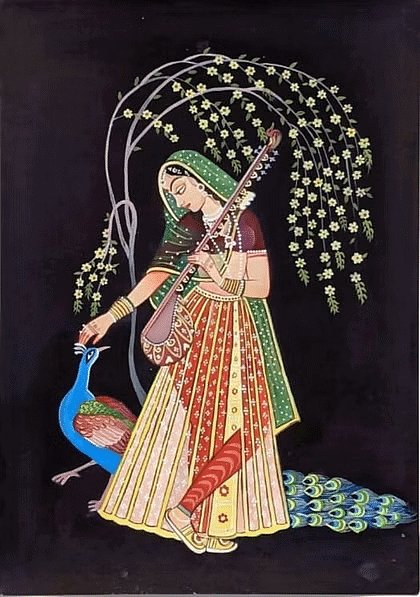 Miniature Painting
Miniature Painting
(i) During Mughal times, emperors like Akbar and Jahangir supported painters who made colorful paintings showing court scenes, battles, and everyday life. These paintings were kept in palaces and shown only to important people. They supported highly talented artists who mainly drew pictures for books with stories from history and poems.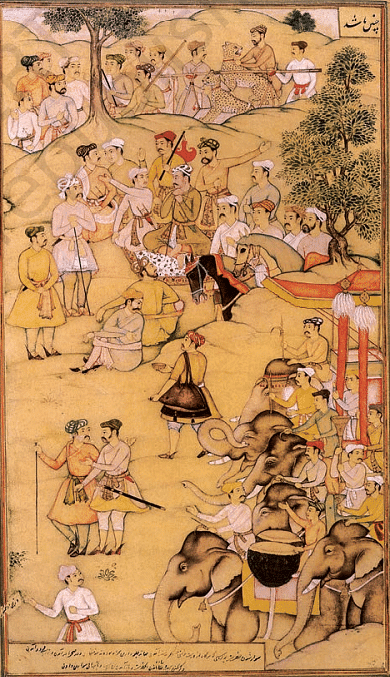 Akbar resting during a hunt, Mughal miniature
Akbar resting during a hunt, Mughal miniature
(iii) As a consequence, Mughal artistic preferences influenced the local courts of the Deccan and the Rajput courts of Rajasthan. Simultaneously, these courts preserved and enhanced their unique characteristics.
(iv) Rulers' portraits and court scenes started being painted, mirroring the Mughal style. Moreover, stories from mythology and poetry were illustrated in places like Mewar, Jodhpur, Bundi, Kota, and Kishangarh.
 Basohli painting
Basohli painting(v) In the Himalayan foothills, a unique style of painting called Basohli emerged. Later, when Mughal artists escaped to the hills, they started the Kangra school of painting, known for soft colors and peaceful themes.
(vi) These paintings were different from the Mughal artistic style. While the rich and powerful kept fine miniature paintings in their palaces, some artworks created by regular artists have also survived. These pieces show us how everyday people express themselves through art.
(vii)The most famous writing displayed here was Bhanudatta's. Nadir Shah's attack and the capture of Delhi in 1739 led Mughal artists to move to the hills to avoid the uncertainties of the plains.
(viii)They drew inspiration from Vaishnavite traditions, resulting in paintings characterized by soft hues like calming blues and greens, and a poetic portrayal of themes.
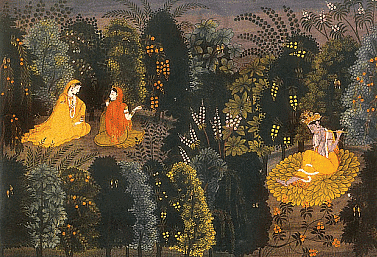 Krishna, Radha and her companion, Pahari miniature, Kangra
Krishna, Radha and her companion, Pahari miniature, KangraA Closer Look: Bengal
The Growth of a Regional LanguageEarly Sanskrit texts suggest that people in Bengal didn't speak Sanskritic languages.
- Commercial ties between Bengal and Magadha (south Bihar) from the fourth-third centuries BCE likely led to Sanskrit influence.
- Gupta rulers settling Brahmanas in north Bengal during the fourth century strengthened linguistic and cultural ties with the mid-Ganga valley.
- Chinese traveler Xuan Zang observed Sanskrit-related languages being used all over Bengal in the seventh century.
Development of Bengali Language
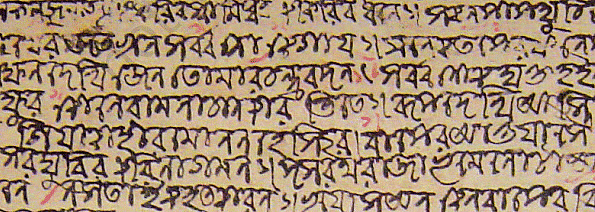 A page from a palm-leaf manuscript of the earliest Bengali Ramayana
A page from a palm-leaf manuscript of the earliest Bengali Ramayana - Bengal became a regional kingdom under the Palas in the eighth century.
- During the fourteenth to sixteenth centuries, independent Sultans ruled Bengal.
- After Akbar conquered Bengal in 1586, Persian became the administrative language while Bengali developed as a regional language.
- By the fifteenth century, Bengali dialects united under a common literary language based on the spoken language of West Bengal.
Evolution of Bengali Literature
- Early Bengali literature can be categorized into two groups: Sanskrit-influenced literature includes translations of Sanskrit epics, Mangalakavyas, and bhakti literature.
- Independent literature includes Nath literature, songs, stories, fairy tales, folk tales, and ballads.
Pirs and Temples
- Starting from the 16th century, a significant migration occurred from western Bengal to the forested areas in the southeast.
- These migrants cleared forests to cultivate rice, gradually forming new communities.
- Mughal control over Bengal coincided with this migration, leading to the establishment of settlements with mosques serving as religious centers.
 A double-roofed thatched hut (left)
A double-roofed thatched hut (left)A four-roofed temple with a tower(right)
- Community leaders emerged to provide stability and guidance in these new settlements, often revered as special figures with supernatural qualities.
- These leaders were referred to by various terms, including saints, Sufis, Hindu and Buddhist deities, and animistic spirits.
- Temples became increasingly prevalent in Bengal, especially during the 19th century, constructed by both powerful individuals and social groups like oil pressers and bell metal workers.
- European trading companies brought new economic opportunities, allowing some social groups to improve their status and build temples to showcase their wealth and devotion.
- Local deities, previously worshipped in simple huts, gained recognition and were housed in temples, influencing Bengali temple architecture.
- Bengali temple architecture typically featured square platforms, with decorated outer walls and simpler interiors.
- In some areas like Vishnupur in West Bengal, temple decorations reached high levels of excellence, including paintings, ornamental tiles, and terracotta tablets.

Fish as Food
Traditional food habits are often based on locally available items. In Bengal, a region with many rivers, rice and fish are abundant. Rice and fish are staple foods in Bengal, even among poor Bengalis, due to their plentiful availability.
Fish being dressed for domestic consumption, a terracotta plaque from Vishalakshi temple, Arambagh.
- Fishing has always been a significant occupation in Bengal, reflected in Bengali literature and depicted in temple and monastery artwork. Eg; Viharas (Buddhist Monastries)
- Brahmanas, who were forbidden from eating non-vegetarian food, made an exception for fish due to its popularity in the local diet.
- The Brihaddharma Purana, a thirteenth-century Sanskrit text from Bengal, allowed local Brahmanas to eat certain types of fish, recognizing its importance in Bengal's food culture.
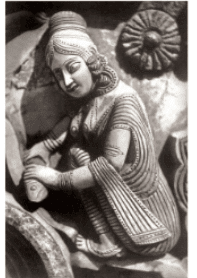 Fish As Food
Fish As Food
Key Words
Classical: It refers to traditions, styles, or works that are highly regarded for their quality and enduring significance, often found in music, art, literature, and dance.
Miniature: Miniature refers to objects or artworks created on a very small scale, capturing intricate details of the original.
Pir: A "pir" is a spiritual guide or saint, especially in Sufism, known for their wisdom and teachings.
Dialect: A dialect is a specific form of a language used by a particular group, featuring unique vocabulary, pronunciation, and grammar.
|
63 videos|554 docs|46 tests
|
FAQs on Class 7 History Chapter 7 Notes - The Making of Regional Cultures
| 1. What role did the Cheras play in the development of the Malayalam language? |  |
| 2. How did the Jagannath Cult influence religious traditions in India? |  |
| 3. What are some key characteristics of Rajput traditions of heroism? |  |
| 4. How did Kathak evolve beyond its regional boundaries? |  |
| 5. What are the distinctive features of miniature paintings in India? |  |






















